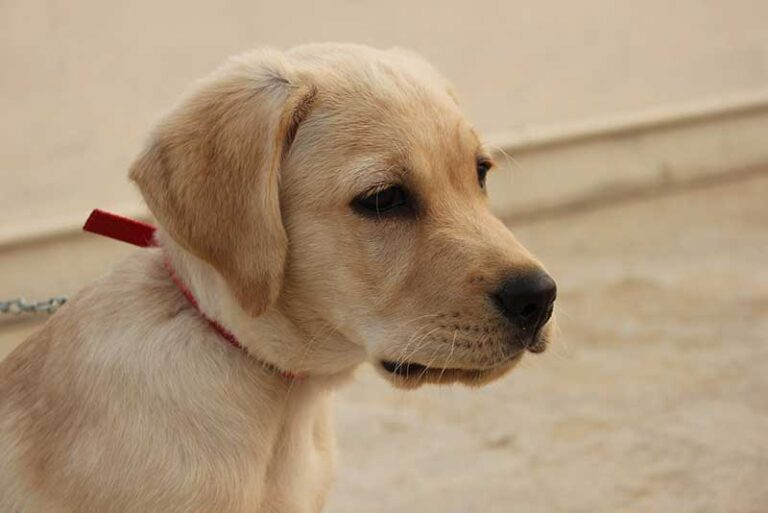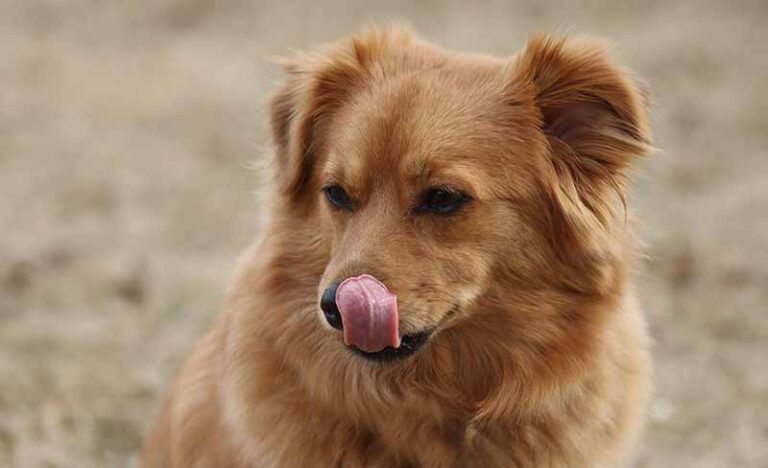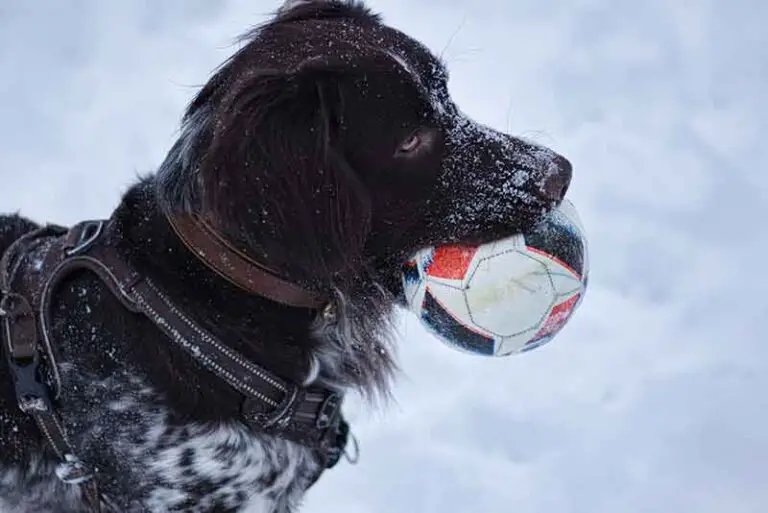How Cold Is Too Cold For Dog Paws? How To Protect In Winter?
Our dogs, indeed, have some of the roughest soles we have ever seen. But during winter, while we protect our “paws” with socks and insulated boots, our dogs wear nothing. Especially when they are going outside for daily walks under snowfall. So can their tiny feet feel the freezing cold in winter? And how cold is too cold for dog paws? Let’s find out!
How cold is too cold for dog paws? Typically, 32⁰ Fahrenheit (0 Celsius) is too cold for most dog breeds. If the dog’s paws are unprotected, and he’s not wearing any doggo boots, keep the walk to a minimum. Exposure to cold for more than 15 minutes when the temperature is around 32⁰ Fahrenheit is not recommended.
There are many types and brands of dog boots and other winter clothes on the market. You can make them when going out for a walk.
But knowing our pups, they will not be happy about the extra layer of clothes if they are not accustomed to it. That is nothing to get angry with them since they don’t know the importance of wearing them.
Therefore, you may train them to wear clothes since puppyhood or keep the walk to a considerable enough time during winter.
How Cold Is Too Cold For Dog Paws?
Most of the time, in the winter seasons, we often end up with freezing feet. Although we are covered from head to toe in insulated clothing, we will always wonder why our feet are cold.
At times like these, being pet parents, we can’t help but wonder how cold is too cold for dog paws. Do they feel the cold like we do?
Some dogs with snowshoes-like feet, such as Tibetan Terriers, Alaskan malamute, Finnish Lapphund, and Samoyed, are generally round and more prominent than other breeds and have fur growing between the toes for extra protection.
These dogs have evolved to live in colder climates and will be happy to run around on snow for longer than many other famous breeds in our homes.
They also have heavy double-coated fur to keep their body core temperature balanced in cold weather for a prolonged time.
Therefore, if you have one such pup at home, be assured that you are lucky. Your pet will run around you, playing happily on snow until you are finished making that snowman.
But for other breeds, the situation will not be that great. For a regular dog breed that loves the summertime more than the winter, low temperatures will pose more significant risks for their paw pads.
You may keep the pet out for up to 45 minutes when the temperature is around 35 degrees to 45. But once it started dropping, the recommended time for a dog to be out in cold weather with unprotected soles is around 15 minutes.
But, with some simple solutions, you can increase the time you spend outside with the dog during winter.
Does Cold Weather Hurt Dogs’ Paws?
Of course, yes! If you let the dog out for a long time with no protection on its feet, the cold weather may cause problems in the dog’s paws.
For a start, the dog’s paws are the first body part of coming into contact with the snow when they step outside.
Therefore, increased time in unhealthy temperature levels will cause frostbites in dogs, especially soles. It will crack and chip the pet’s paws, making their movements more complicated and more painful.
Moreover, ice also has the ability to dehydrate their paws and give them real pain. Additionally, ice balls can stick inside their paw pads and toes, increasing the risks of hyperthermia.
Sometimes, there is sharp glass-like ice during the winter. And these ice may look innocent but could hurt the love of our lives by cutting and hurting their paws.
As we all practice, we use deicing salt on our sidewalks. And if our fluffy paws are unprotected, these chemicals can pose real dangers. Not to mention what will happen if they lick these chemicals off their feet.
So yes. For those who are wondering how cold is too cold for dog paws, the cold season could also take a beating on their paws.
So keep an eye out for the below signs in your dog during winter time.
- Excessively licking their paws and pad after walking outside
- Keeping their paws raised off the ice
- Slowed movements and showing lethargic signs
- Limping
- Cracks and chips in their paws
How To Protect Your Dog’s Paws During Winter?
This is the next thing you must consider when trying to find out how cold is too cold for dogs’ paws.
Keeping your pet happy and safe will make their lives easier and allow them to enjoy the season without hassle. So consider the following actions before taking them out on snow walks.
Insulated dog gloves or boots are the best way to protect their soles against dangerously ice. Wearing these will allow the pets to hang out more time outdoors.
But if they refuse to wear winter clothes, you can opt for some paw balm. Apply a generous amount of the balm all around the paw and inside the creases, and it will stop ice from sticking to their paws.
It will keep their paws warm and moisturized. And reduce the chances of frostbite and hyperthermia. Petroleum jelly-based products also work the same way.
Keeping the driveway clean and shoveled before brief walks will allow the pet to walk outside without coming into much contact with the snow. You may also make some small pathways in the garden and backyard, which your dog can walk in.
Also, ensure that you clean their paws whenever you take them out for a walk and return. This way, any deicing chemicals, and snow stuck on their paws will be wiped out.
It is necessary to keep their paws healthy and intact. I hope you found this article useful. Stay tuned with Jack Russell Owner for more interesting posts about your favorite dog breed.








